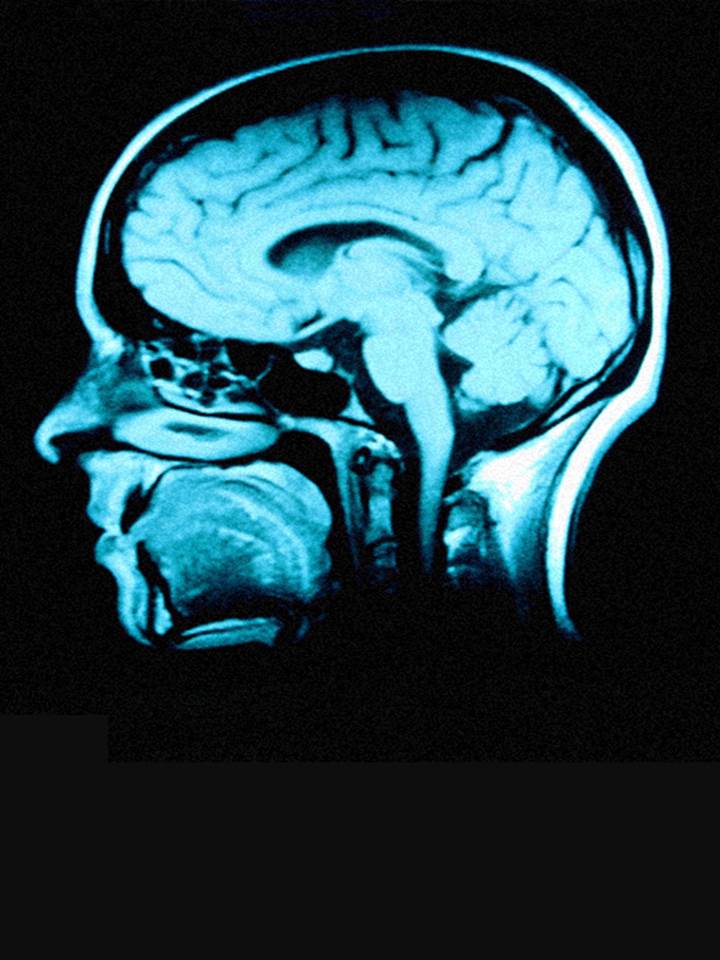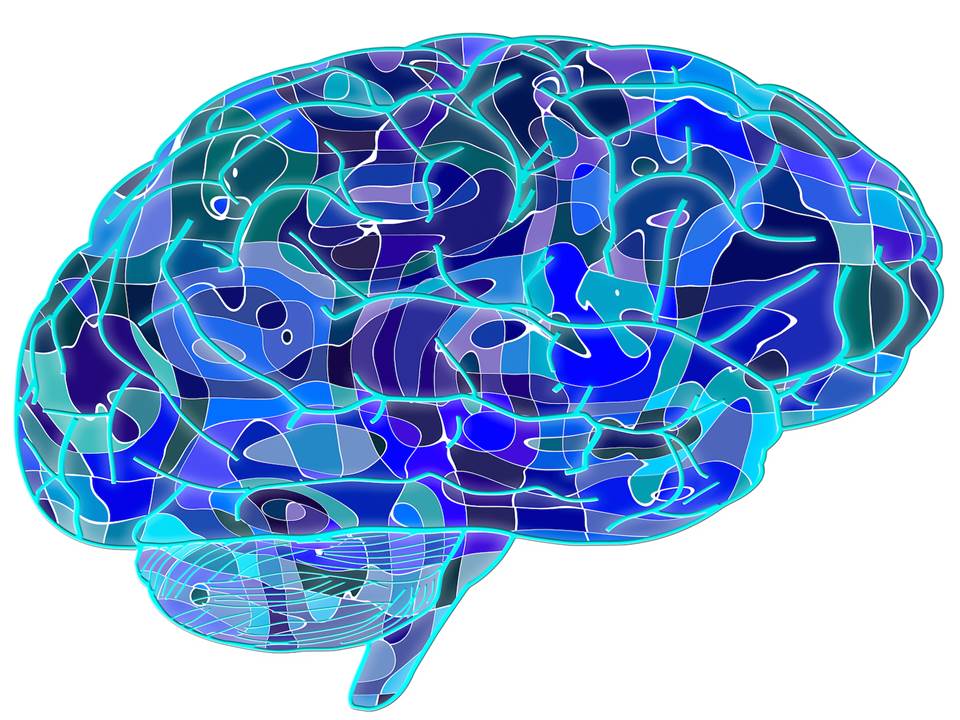Tag: neuropharmacology

Bioquark Inc. and Revita Life Sciences Receive IRB Approval for First-In-Human Brain Death Study
Bioquark, Inc., (http://www.bioquark.com) a company focused on the development of novel biologics for complex regeneration and disease reversion, and Revita Life Sciences, (http://revitalife.co.in) a biotechnology company focused on translational therapeutic applications of autologous stem cells, have announced that they have received IRB approval for a study focusing on a novel combinatorial approach to clinical intervention in the state of brain death in humans.
This first trial, within the portfolio of Bioquark’s Reanima Project (http://www.reanima.tech) is entitled “Non-randomized, Open-labeled, Interventional, Single Group, Proof of Concept Study With Multi-modality Approach in Cases of Brain Death Due to Traumatic Brain Injury Having Diffuse Axonal Injury” (https://clinicaltrials.gov/ct2/show/NCT02742857?term=bioquark&rank=1), will enroll an initial 20 subjects, and be conducted at Anupam Hospital in Rudrapur, Uttarakhand India.
“We are very excited about the approval of our protocol,” said Ira S. Pastor, CEO, Bioquark Inc. “With the convergence of the disciplines of regenerative biology, cognitive neuroscience, and clinical resuscitation, we are poised to delve into an area of scientific understanding previously inaccessible with existing technologies.”
Death is defined as the termination of all biological functions that sustain a living organism. Brain death, the complete and irreversible loss of brain function (including involuntary activity necessary to sustain life) as defined in the 1968 report of the Ad Hoc Committee of the Harvard Medical School, is the legal definition of human death in most countries around the world. Either directly through trauma, or indirectly through secondary disease indications, brain death is the final pathological state that over 60 million people globally transfer through each year.
While human beings lack substantial regenerative capabilities in the CNS, many non-human species, such as amphibians, planarians, and certain fish, can repair, regenerate and remodel substantial portions of their brain and brain stem even after critical life-threatening trauma.
Additionally, recent studies on complex brain regeneration in these organisms, have highlighted unique findings in relation to the storage of memories following destruction of the entire brain, which may have wide ranging implications for our understanding of consciousness and the stability of memory persistence.
“Through our study, we will gain unique insights into the state of human brain death, which will have important connections to future therapeutic development for other severe disorders of consciousness, such as coma, and the vegetative and minimally conscious states, as well as a range of degenerative CNS conditions, including Alzheimer’s and Parkinson’s disease,” said Dr. Sergei Paylian, Founder, President, and Chief Science Officer of Bioquark Inc.
Over the years, clinical science has focused heavily on preventing such life and death transitions and made some initial progress with suspended animation technologies, such as therapeutic hypothermia. However, once humans transition through the brain death window, currently defined by the medical establishment as “irreversible”, they are technically no longer alive, despite the fact that human bodies can still circulate blood, digest food, excrete waste, balance hormones, grow, sexually mature, heal wounds, spike a fever, and gestate and deliver a baby. It is even acknowledged by thought leaders that recently brain dead humans still may have residual blood flow and electrical nests of activity in their brains, just not enough to allow for an integrated functioning of the organism as a whole.
“We look forward to working closely with Bioquark Inc. on this cutting edge clinical initiative,” said Dr. Himanshu Bansal, Managing Director of Revita Life Sciences.
About Bioquark, Inc.
Bioquark Inc. is focused on the development of natural biologic based products, services, and technologies, with the goal of curing a wide range of diseases, as well as effecting complex regeneration. Bioquark is developing both biological pharmaceutical candidates, as well as products for the global consumer health and wellness market segments.
About Revita Life Sciences
Revita Life Sciences is a biotechnology company focused on the development of stem cell therapies that target areas of significant unmet medical need. Revita is led by Dr. Himanshu Bansal MD, PhD. who has spent over two decades developing novel MRI based classifications of spinal cord injuries as well as comprehensive treatment protocols with autologous tissues including bone marrow stem cells, dural nerve grafts, nasal olfactory tissues, and omental transposition.
The Imminence of Transhuman Technologies
Progress always seems to ride a slippery slope. Innovations generally bring a plethora of potential benefits and just as many dangers, the obvious and the hidden. Technologies that tamper with our biological constructs is well underway in the neuro- and biotech industries. Historically, innovations in medicine have usually been beneficial on the aggregate.
But these new breakthroughs go beyond preventing and healing pre-existing causes. Transhuman technologies hold the promise of enhancing who we are as individuals and potentially as an entire species, and the decisions surrounding these technologies are far from simple. Dr. Nayef Al-Rodhan, a philosopher, neuroscientist, and director of the Geneva Center for Security Policy, believes we should be acting now to prepare for the inevitable and the unpredictable ramifications.
Framing Human Motivation
Considering our mixed track record as a species in rolling out groundbreaking innovations, discussing and finding potential solutions to many of the hidden dangers, and obvious ones, seems more than reasonable. One of the more puzzling questions is, where do we begin to have a pragmatic conversation on the ethics of these technologies?
There are plenty of theories about what drive human decisions, not least because human morality is infinitely complex and our minds crave frames through which to make sense of chaos. Dr. Al-Rodhan has his own conception of what drives human motivations. He makes meaning using the lens of “5 P’s” – Power, Pride, Profit, Pleasure, and Permanence – which he posits drive human motivations. “This is my view, the foundation of my outlook…this perceived emotion of self interest drives our moral compass.”
Al-Rodhan’s view of human nature seems to make a lot of sense, bridging the rational with the emotional. Such a frame is particularly helpful when considering technology that undoubtedly taps into our deepest fears and hopes, and invokes rational (and irrational) debate. During a recent TechEmergence interview with Nayef, I asked for his thoughts on the concerns and considerations of this brand of technology in the coming decade.
The Near Business of Enhancement
Al-Rodhan believes that we will see cognitive enhancement primarily through neuropharmacology, or neuro- and psychostimulants. This concept of this technology is nothing new — the military and many other organization have used their stimulants of choice in the past, one of the most pervasive being alcohol. But this new wave of neuro- and psychostimulants will methodically target specific areas in the brain, giving way to the possibility for innovations like increased mood modulation and more cognitive ability within the confines of the brain’s neuronal population.
Neuromodulation has been used in the military, with some efforts to make soldiers less emotional and to require less sleep. The difficulties with side effects are often more pronounced when soldiers return from combat. “They are all messed up due to severe brutality, fear, and some of these agents they are given make them addicts to certain things,” says Nayef, acknowledging that this happens in most all militaries. “The point is that psychostimulants and neuromodulators will make us feel very good, but they are very dangerous because they require addictive behavior…and we need strict oversight mechanisms.”
Nayef says that technologies such as brain machine interface (BMI) are likely beyond the span of a decade, but that implantable microchips (whether bio or biotechnological) are as much of an immediate concern as the introduction of neurostimulants. “The FDA in the United States is entrusted with keeping us on the right path,” says Al-Rodhan.
Finding Common Regulatory Ground
Is it possible to put in place national or international structures for managing these new and emerging technologies? Al-Rodhan believes it is more than possible; however, the primary issue is that our regulation is way behind innovation. Regulatory frameworks are lacking for a number of reasons. The unpopularity in politics is a major obstacle to overcome. In elections, these types of contradictory frameworks are not politically on the front burner for most candidates, and the long-term outlook is limited.
Another area for concern is corporate pharmaceutical entities, which Nayef says are not as well regulated as some might think. Businesses are concerned about the bottom line above all else, which at times yields unfortunate outcomes for the whole of society. “This is part of their role as executive, they’re not too concerned about moral regulation,” says Nayef. As unappealing as it might sound to free market capitalists, the institution that traditionally steps into these frontiers to regulate is government.
A relevant and current example is the science and business of moderating genomes in China, which is already investing a lot of money in this industry. Some effects of this technology may not be so obvious at first, and it is possible that negative ramifications could occur without the correct bioethical oversight. Al-Rodhan asks “what happens if you get a piece of DNA that preludes the biosphere? Who knows what kind of mutation that may produce spontaneously or by merging with other DNA in an organism.” These are the types of questions that governments, academic institutions, corporations, and individual citizens need to be asking, considering the multiple perspectives that emerge from a framework like Al-Rodhan’s that applies across cultural boundaries.
Al-Rodhan describes the process of implementing such regulatory frameworks as a transnational effort, but says that such efforts start with countries like the U.S., Japan, and Europe, where accountable mechanisms already exist. Taking the lead doesn’t guarantee the same priorities will be given elsewhere, but it can provide an example — and ideally a positive one. “We have about a decade to get our act together,” says Al-Rodhan.


